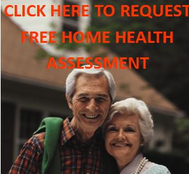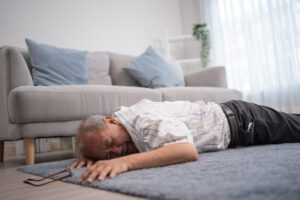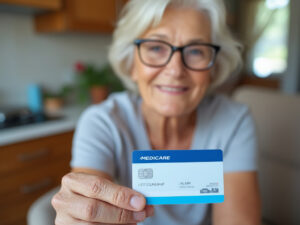Safety in the home is vital to maintaining independence as one ages. Senior safety and senior caregiver safety go hand-in-hand. There are many potential hazards for the elder who lives at home, and senior caregivers must also guard against strain and injury related to caregiving duties.
Here are a few of the startling statistics related to in-home safety for seniors:
- More than one in three people age 65 years or older falls each year.
- Each year, more than 1.6 million older U.S. adults go to emergency departments for fall-related injuries. Among older adults, falls are the number one cause of fractures, hospital admissions for trauma, loss of independence, and injury deaths.
- Hip fractures are one of the most serious types of fall injury. They are a leading cause of injury and loss of independence, among older adults.
A lot of seniors’ falls can be prevented. Simple changes to the environment can lessen your fall risk. Slippery floors, throw rugs and clutter commonly cause a senior to trip in the home. Particularly when you are weakened or dealing with various medical conditions, your ability to “fall well” (sans major injury) and recuperate are lessened.
It is important to identify potential causes of dizziness or weakness such as medication side effects or medical conditions. Strengthening through physical therapy and ongoing exercise can be very beneficial. Accommodations and equipment might also be useful–these can range from using assistive devices to emergency response systems to get help more readily if you do fall.
You do not have to “medicalize” your home or make it any less enjoyable in order to make it safe. Many small changes will barely be noticeable, and there are more attractive options today for equipment and modifications.
Most people wish to remain in their own homes as they age. We hear a common refrain from elders that “maintaining my independence” is highly valued. The best way to maintain that independence (and most importantly, choices) is to take control, in other words take proactive steps. You cannot control all aspects of your situation, but you can control many things. With some planning and prevention, you can be safer in your home and manage illness better.
If you would like to get started on this process, EasyLiving offers a complimentary home care and safety evaluation for clients. Contact us at 727-447-5845 or fill out our contact form.
Too often, we neglect to talk about the safety and wellbeing of senior caregivers when discussing in-home safety. Both family caregivers and professional caregivers tend to do work which leaves them prone to injury, especially without preventative steps and safety training.
A lot of the same home safety changes for the senior can be helpful to reducing injury risk for the caregiver. Even if an elder is going to have help with certain activities, this does not negate the potential need for assistive equipment, as this may help the caregiver to stay safe (and able to continue caregiving) as well. Techniques for proper lifting and staying healthy can reduce injury risk too.
EasyLiving has now expanded upon our home safety assessment to provide on-site safety inspections in which we specifically focus on providing safe care. In addition to our safety training done at orientation and continuously, this on-site training opportunity gives our caregivers and clients the best chance for an injury-free, safe senior care experience.
In our next blog post, we will be sharing more details on in-home safety for senior caregivers along with tips and some of the ways we help our caregivers stay safe. If you are a caregiver or know someone who is taking care of an elderly relative (or works in the field), please share our blog link and stay tuned!








